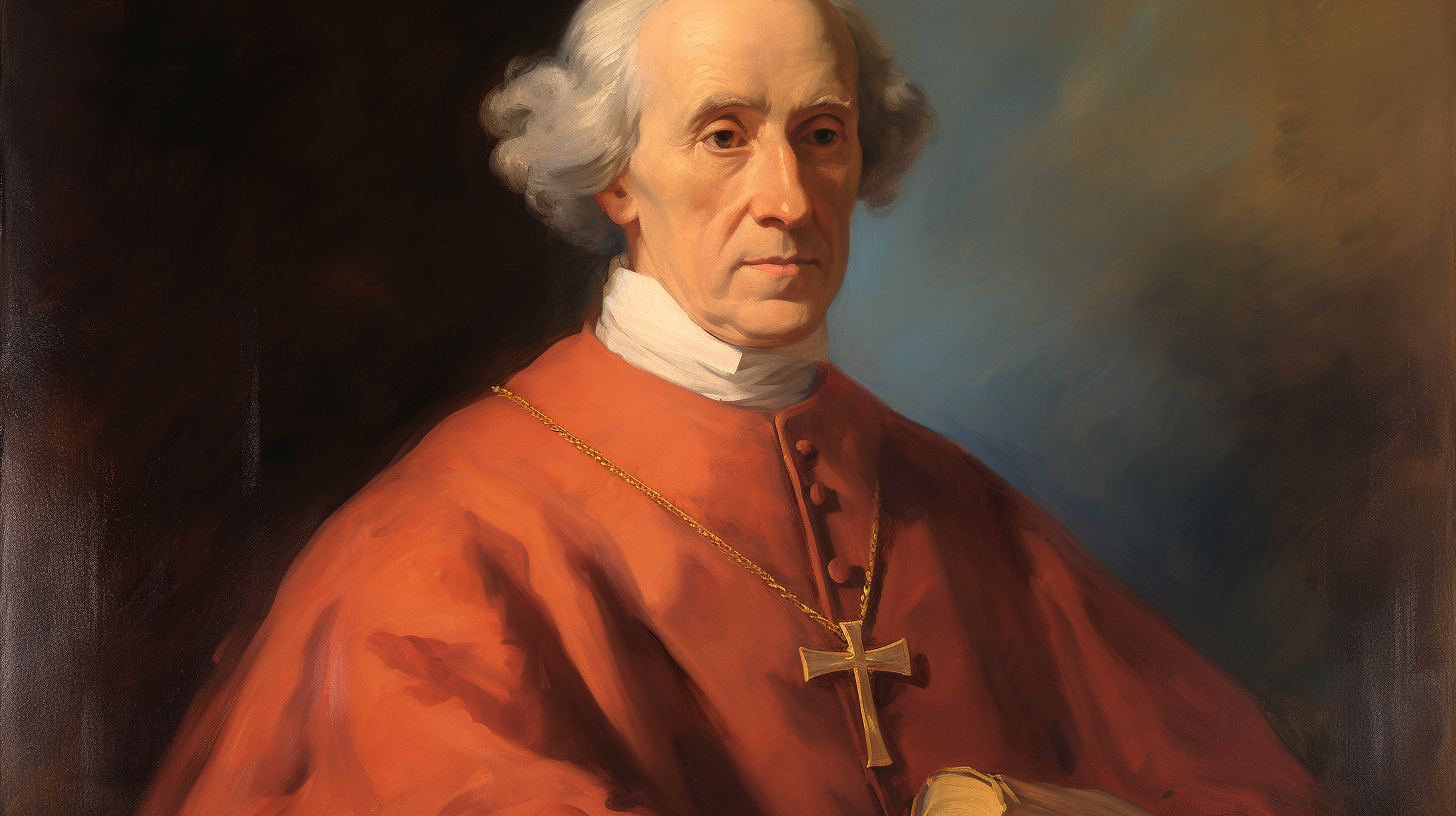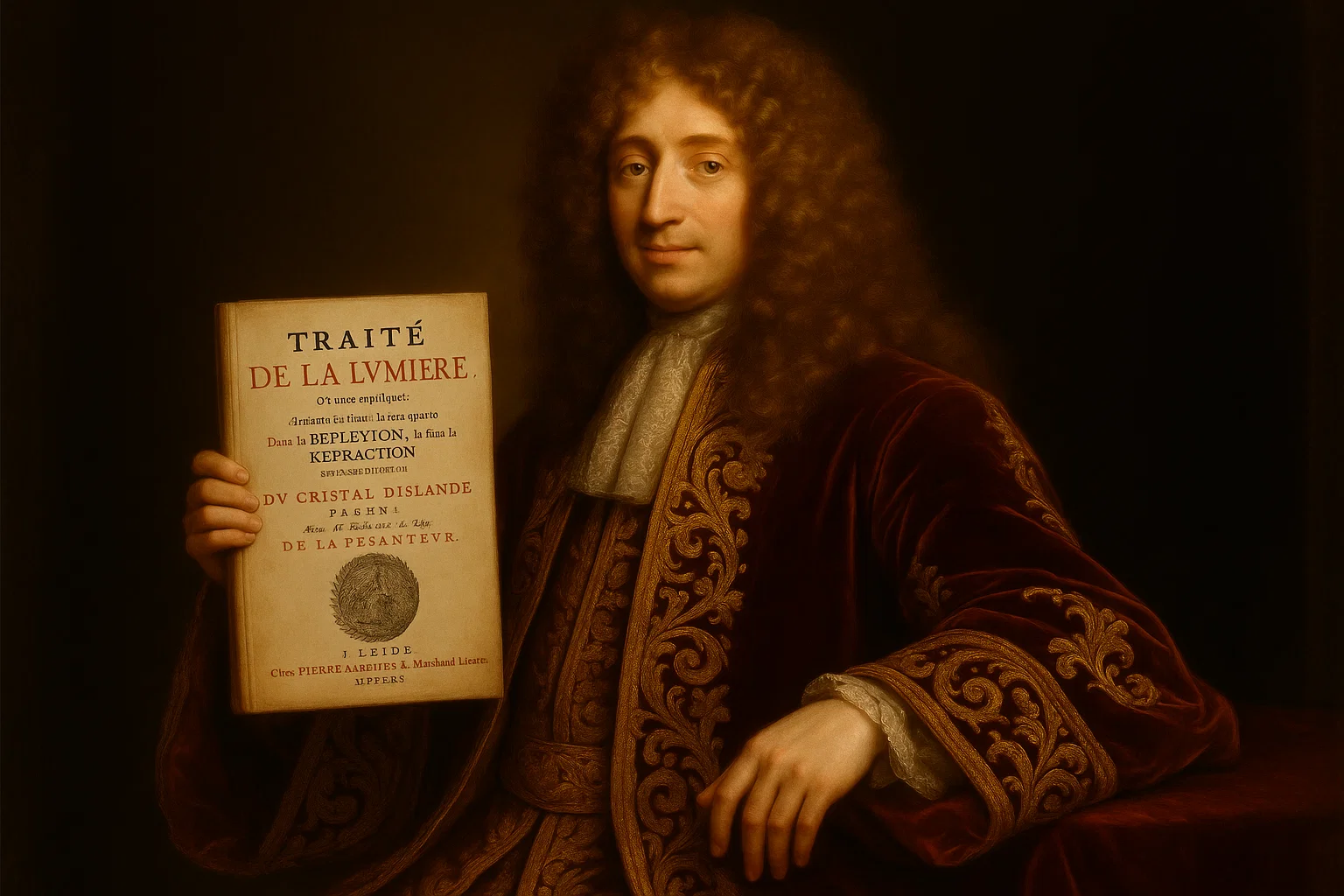It Happened on
December 25, 1690
On this brilliant morning of December 25, 1690 in the Republic of Letters, Christiaan Huygens—watchmaker of the cosmos and part-time philosopher of the invisible—released into the world a manuscript so fine, so daring, that even the beams of sunlight paused at his windowsill to eavesdrop.
“Traité de la Lumière” was not merely a book—it was a love letter to the wave, a serenade to the very motion of brightness.
With the precision of a man who had once timed Saturn’s moons, Huygens dared to whisper: “Light… moves like ripples upon a pond. It spreads. It dances. It caresses.”
While others saw rays as little arrows flung from the sun, he saw music. He saw interference, harmony, and motion itself composing the face of reality.
And so, in the flick of a quill, Christiaan Huygens became the choreographer of the invisible—a man who looked into the mystery of light and said, “You are not chaos. You are a wave.”
Historians would later call it physics.
But we know the truth: it was poetry in a lab coat.
Nine months later were born…

born on September 29, 1691 (d. 1781)
Richard Challoner
English Roman Catholic bishop, a leading figure of English Catholicism during the greater part of the 18th century
born on September 29, 1691 (d. 1784)
